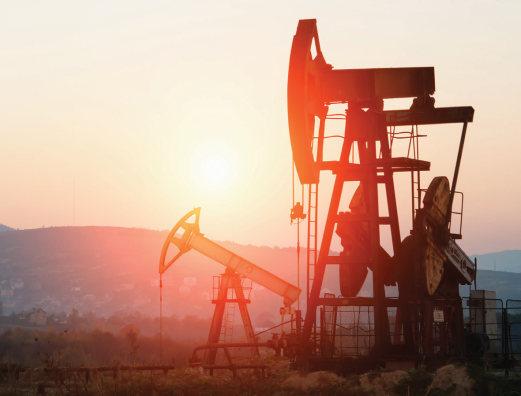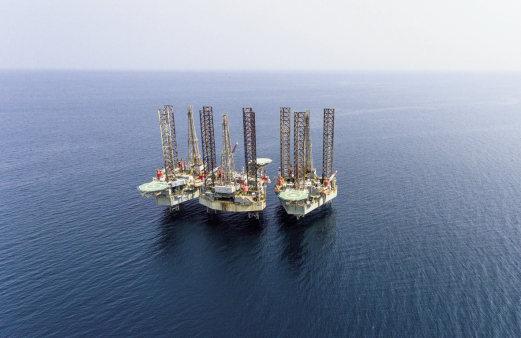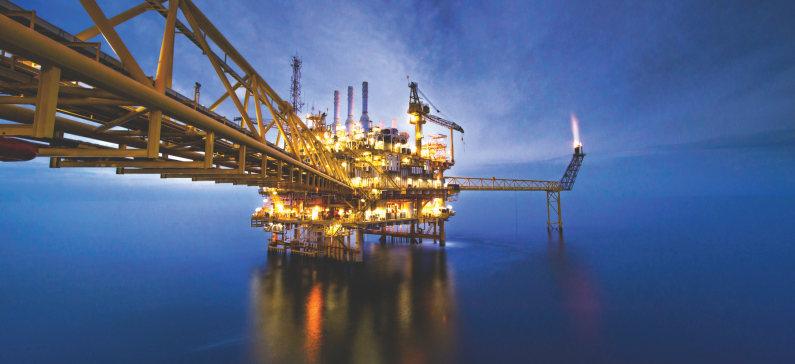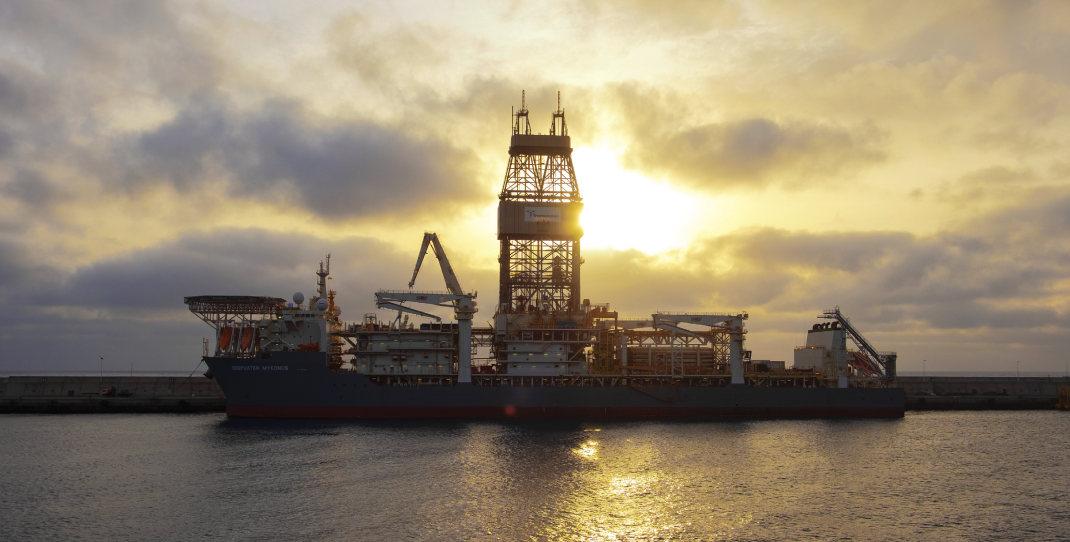
6 minute read
Southern Africa
BIG OIL BETS ON SOUTHERN AFRICA
Major developments over the past 15 years open up viable possibilities in underexplored regions. When it comes to finding promising frontiers for oil and natural gas exploration drilling, international oil companies (IOCs) and juniors are investing in exploration and development (E&D) programmes across southern Africa, with a bigger risk appetite.
“THERE IS NOWHERE on Earth with as much potential as Africa,” said Jay Park, CEO of the UKbased Reconnaissance Energy Africa (ReconAfrica).
The value of subsoil resources in Africa is estimated at US$60,000 per square mile, compared to about US$300,000 in OECD countries.
“This is either because Africa doesn’t have its fair share of the world’s resources, or because it hasn’t found those resources yet. I’d put money on the latter because Africa is vastly underexplored compared to the rest of the world,” said Park. Between 2011 and 2014, Africa accounted for one-fifth and 45%, respectively, of global oil and gas discoveries (International Energy Agency). The IEA estimated remaining technically recoverable oil and gas resources in Africa at 450bn barrels and 100 trillion cubic metres, representing 7% and 13% of global total resources.”
Newest radar for explorers The potential riches of southern Africa have yet to be unraveled, off Namibia and South Africa. The geological formations are dominated by ancient sediments, underlay by basement. There are evidence of oil prone source rocks, reservoirs and subsalt potential in the untapped ‘southern tier.’
Namibia could be the next ‘big find’ on scale of the US shale boom, with exciting potential in numerous sites, especially the deep/onshore Kavango basin –bigger in territory than shale basin (Eagle Ford) that transformed US into a top oilproducer. It is believed to be an extension of South Africa’s 600,000km Karoo sedimentary basin, home to Shell’s vast Whitehill Permian shale play (estimated reserves: 211 tcf).
“Nowhere in the world is there a sedimentary basin this deep that does not produce commercial hydrocarbons,” commented Bill Cathey, president
Namibia could be the next ‘big find,’ with
exciting potential in numerous sites.
at Earthfield Technologies (Houston). One of the leading geochemists and shale sector pioneers, Dan Jarvie of Worldwide Geochemistry reckons there is potential for 120bn barrels of oil equivalent (boe) in the Kavango basin waiting to be proved up to technical recovery – contingent, however, on massive E&D investments.
ReconAfrica has acquired the entire 8.75mn-acre sedimentary basin and exclusive rights to estimated 18.2bn barrels of oilin-place – including Recon’s Botswana portion of the basin. It holds a 90% interest (the government owns 10%) under a four-year E&D license, plus a 25year exploitation permit once commerical discovery is made. Besides good geology, Namibia offers favourable fiscal terms –5% royalty fees and corporate tax (35%) on oil reserve profits.
Even ExxonMobil has acquired seven million net acres in Namibia from the government for a block about 135 miles offshore in water depths up to 13,000 feet. The supermajor’s big bet on Namibia factors that it comprises similar geology as Brazil’s pre-salt oil basins (Santos and Campos), which have already proven tangibly resource-rich according to industry experts.
South Africa’s offshore areas of Orange and Outeniqua basins are believed to be hydrocarbons
prone. This was confirmed in February 2019 by Total’s deepwater discovery on the Brulpadda prospects off the southern coast. The estimated volumes of natural gas and condensate resources are one billion (boe) – representing more than a fifth of the world’s entire gas finds during 2018 (IEA).
“With this discovery, Total has opened a new world-class gas and oil play and is well positioned to test several follow-on prospects on the same block,” said Kevin McLachlan, senior vice-president exploration at Total. The French major will spend US$85.5mn in South Africa to support the drilling programme.
The African Energy Chamber (AEC) echoed, “This is a great first step for the country which still relies on imports of oil and gas despite the great reserves believed to be in its soil and waters.” The Brulpadda discovery has de-risked the geology, while opening up a new exploration province for IOCs and change the energy fortunes of South Africa. The power sector (reliant mostly on coal) will benefit from gas feedstock, which Brulpadda field could supply over coming decades. “Gas is a low-cost, flexible power source that can provide generation primarily above the base load in peakdemand periods,” noted A.T. Kearney, global management consulting firm.
Virgin oil territories More recently, Africa Energy, a Canadian-based company reported an offshore oil find, off South Africa, with reserves tentatively estimated at 500mnplus barrels, but what's more significant is that the Luiperd block offers as much as 80% of success, unheard of in frontier exploration today, Africa Energy CEO Garrett Sodden told an industry conference. The Luiperd prospect, Argus Media reports, is the largest of South Africa’s five offshore blocks that are attracting keen explorers' interest.
In Zimbabwe, Australianbased explorer, Invictus is planning a drilling project – its first-ever oil exploration, with a start-up date of October 2021, and a reported cost of US$15mn. The government is negotiating a production sharing agreement with Invictus should hydrocarbons deposits are confirmed. In the 1990s, Exxon identified an area likely to contain gas but cancelled the project because it was targeting crude oil.
Mozambique, which boasts Africa’s biggest untapped conventional gas resources, could possess offshore oil deposits. A consortium led by ExxonMobil was due to start drilling in the first-quarter 2020 within three deepwater blocks, but COVID-19 pandemic has put exploration on-hold until 2021.
The existence of oil in Madagascar was known for over a century but E&D was deemed commercially unviable. Recoverable reserves are estimated by National Office of Mines and Strategic Industries at 1.5bn barrels.
Mature province Angola plans to discover 40-57bn barrels of crude oil, plus 17.5-27 tcf of gas, according to Hydrocarbon Exploration Strategy (2020-25), with a view to ensuring a base production above one million bpd by 2040. These ambitious targets, however, depend on sizeable foreign and government investments. Angola, sub-Sahara Africa’s secondlargest producer (after Nigeria) has proven oil reserves of 9.5bn barrels and 11 tcf of natural gas (US Energy Information Administration).
The upstream regulator ANPG warned that output could plunge to 500,000 bpd from existing matured oilfields by 2028, if no new discoveries are made. “The geology in Angola is very challenging,” noted Londonbased Energy Aspects. Up to 95% of production is offshore and depletion rates are very high. Energy Aspects' analysis indicates Angola must add 200,000 bpd of new production annually to offset its precipitous decline. Angolan crude is a heavy, sweet crude that yields low sulphur middle distillate. Over the past year, Italian major ENI reported five discoveries (estimated reserves 1.8bn barrels of light oil), with further finds probable. “We believe that in the deep-water, there are unexplored or underexplored areas which might hold potential, for example in Namibe and ultra-deep lower Congo basin,” stated Eni. ExxonMobil also signed a Memorandum of Understanding with Sonangol to “evaluate the hydrocarbon potential in the Namibe Basin.” To encourage E&D activities, Angola has cut petroleum tax from 20 to 10% for discoveries (below 300mn barrels) that lie undeveloped due
Angola’s production is characterised by primary and secondary recovery where most of the oil production rates have reached a plateau and some
have declined.
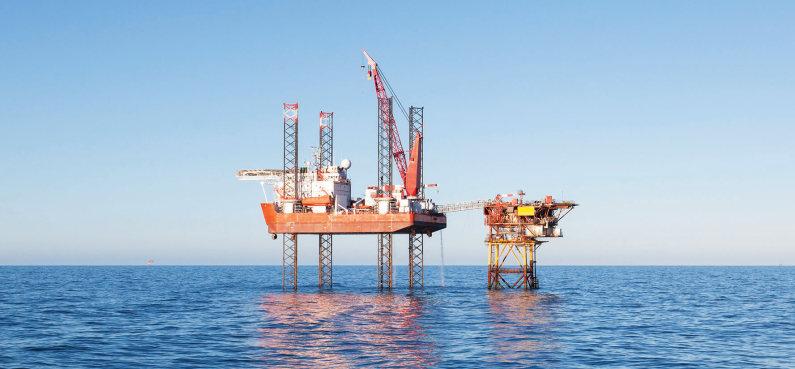
to modest reserves size or excessively high extraction costs. Taxes on marginal fields were also cut by half to 25%.
Angola’s production is characterised by primary and secondary recovery where most of the oil production rates have reached a plateau and some have declined. Enhanced oil recovery (EOR) techniques offer the best way to boost output from current oilfields. Using EOR, Angola could recover more than half of the original oil in-place (OOIP), within deep and ultra-deep waters.
In sum, southern Africa boasts the most ‘undiscovered’ hydrocarbons potential. But the area is not a mature exploration and production province, which could increase extraction costs and estimated resources are technically recoverable (i.e. possible/probable) not proven reserves.
The COVID-19 crisis has caused havoc for the oil industry, reflected in delays in final investment decisions, reductions in capital expenditure, cancellation of marginal oil and gas developments and cancelled or delayed licensing rounds. Once oil prices recover in tandem with global economy rebound in 2021, Africa’s frontier regions should see growing interest from energy majors willing to invest in the world’s next exploration hotspots.

